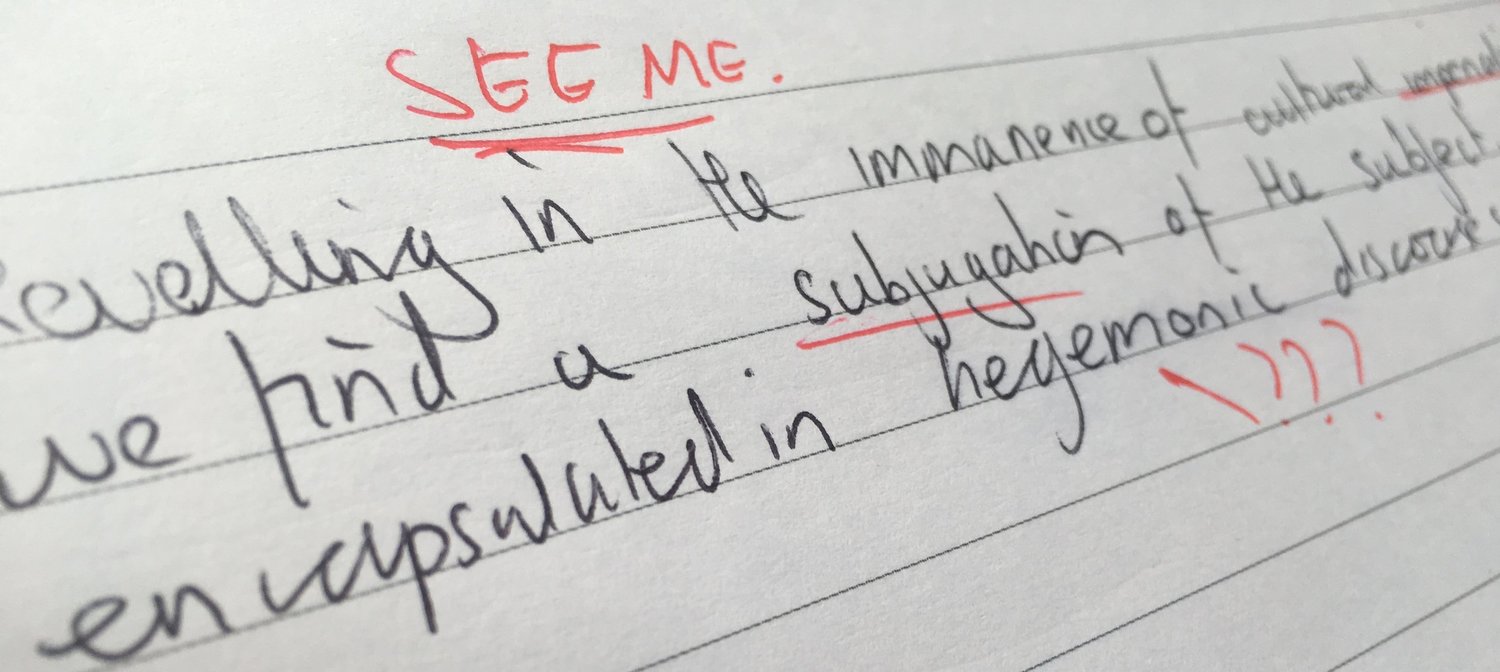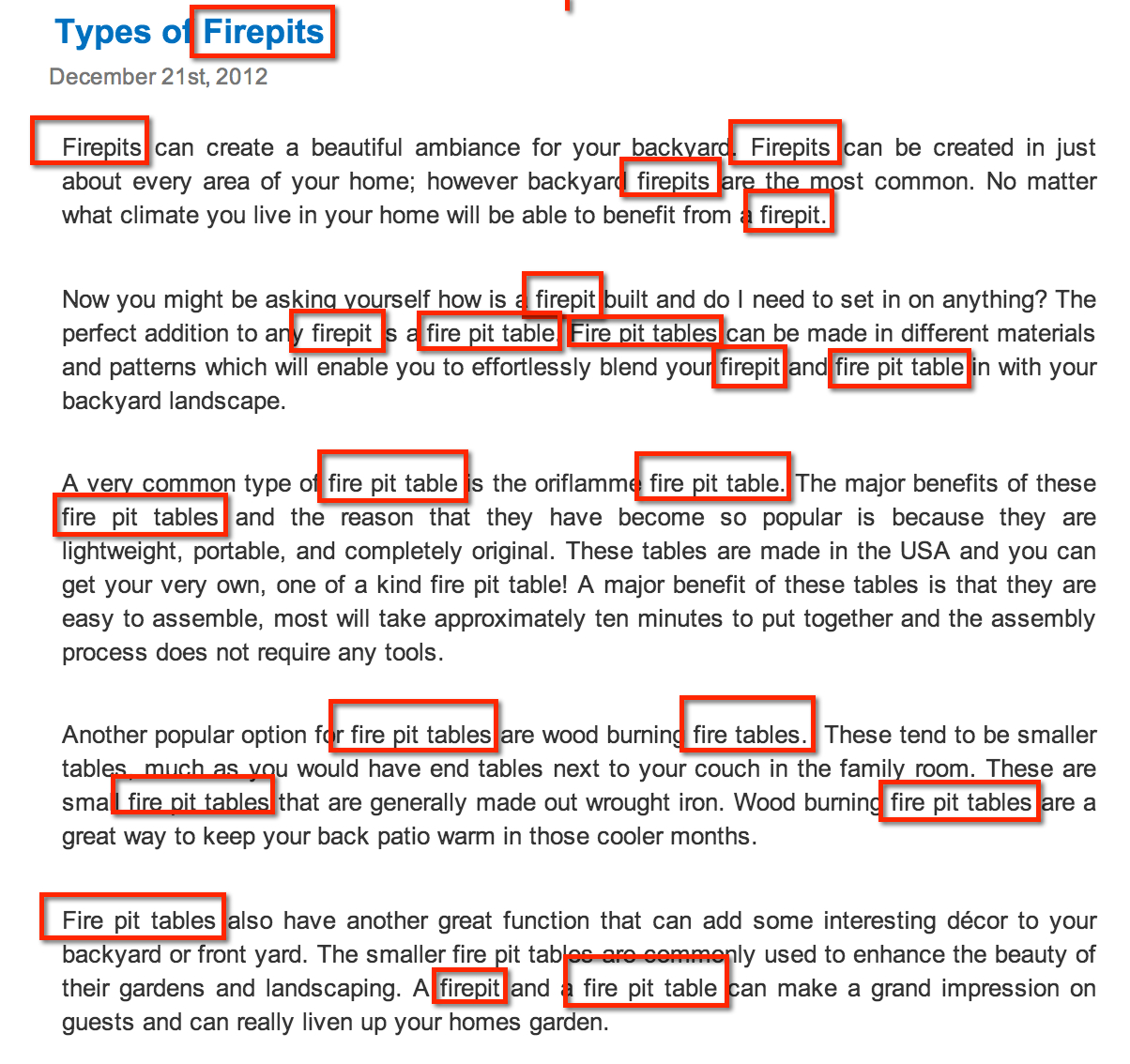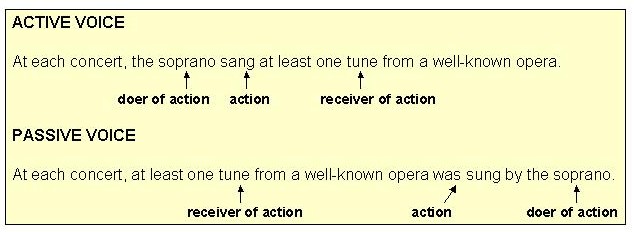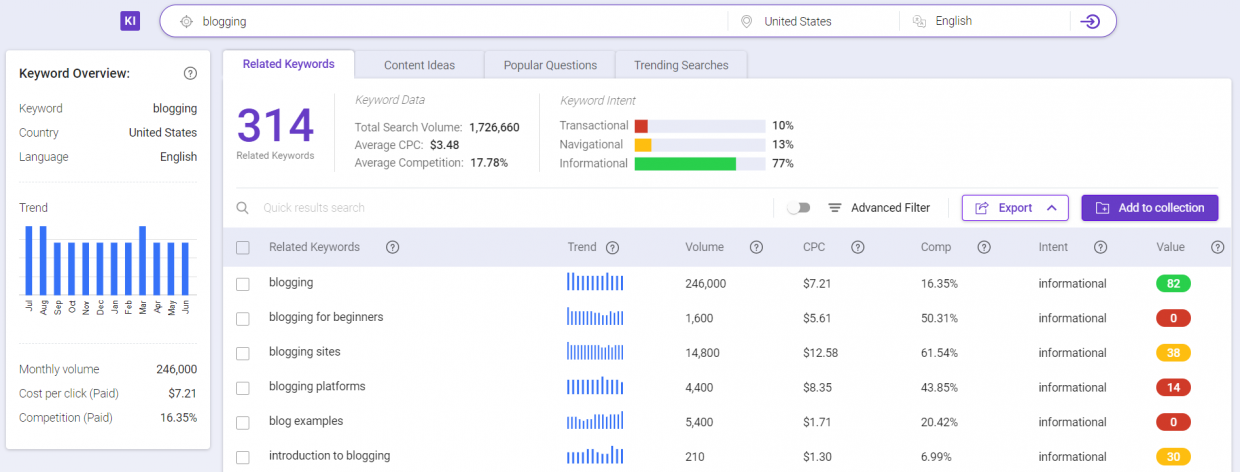Readable content is important. It makes it easy for your audience to consume and understand. The content is skimmable, written with concise sentences. Here are tips to make sure you are writing readable content and one tool that can easily help check readability, even for a 2000 word post.
Let’s face it. No one would ever find your site without Search Engine Optimization, normally abbreviated as SEO!
As much as you might want to shrug this off, the truth is that SEO plays a big role in ensuring your site ranks highly in Search Engine Results Pages (SERPs).
SEO involves creating fresh, valuable content, adding appropriate keywords, and writing relevant meta descriptions, among other practices. The main objectives are to improve your rankings, drive more organic traffic, and generate leads.
But most importantly, you need to check your content readability to ensure that it is simple and easy to understand. After all, no one would ever want to read an incomprehensible text or an unnatural robot writing.

If web users cannot understand your content, your illegible text may also confuse search engines as well.
This brings us to the BIG question: does SEO content need to be easy to read? Well, let’s find out.
What’s the Meaning of Readability?
As the word suggests, content readability is the measure of how your writing reads. Is it easy to read and understand? Does your writing flow naturally? Are you using the right tone of voice and grammar?
It should determine whether your target audience can easily scan, read, and understand the content in your website, without reading it twice. As simple as that!

If your content is comprehensible, you will be able to pass your message to your visitors more clearly and concisely. Your audience will learn about your products and services, and anything else you have to offer.
And with more hits coming through, major search engines will take notice and rank your site among the first pages.
Sounds great, doesn’t it? However, writing easy to read content and conveying your message is far from easy, and can be quite a task if you are looking to create SEO content.
While there is no direct correlation between SERP and the readability of an article, it is definitely one of the passive ranking factors. Here’s why.
6 Reasons Why Readability Is Important in SEO
1. Improved User Experience
When visitors come to your site, they are looking for answers to their questions and solutions to their problems. Your goal should be to give your visitors an easy time by ensuring your content is easy to read and answers their questions easily.

A well-written copy goes a long way to improve the overall user experience. If your content is comprehensible, your visitors are more likely to browse to other pages on your website. You should expect them to come back more often if you can guarantee fresh, valuable, and easy-to-read content.
2. Increased Shares
If you are able to hack it by producing readable content every time, then you should expect more likes, comments, and shares. People love to share what they feel will offer value to their friends. However, they will only do so if your content is simple and easy to read.
3. Improved Conversion Rate
Here’s a secret! The easiest way to convert your leads into loyal customers is to produce content that offers solutions in an easy-to-understand way.
After all, who will buy something they don’t understand? If your content is easy to read, your target visitors will grasp the message more clearly and concisely. This is enough to convince them to buy your products or services.
4. Reduced Bounce Rate
Are you wondering why your bounce rates are so high? Then consider checking the readability of your content. Readers may be bouncing for your website because your content is so hard to read.
For reader retention, readability matters the most. The traffic generated by keywords may work for the first few articles. But if you want to gain a reader’s trust for a long time, the stuffing of keywords will not work.

It’s more important to convey your message using easy to read sentences. Improving the readability of your text can reduce your bounce rates significantly and can fare much better in rankings compared to an article that has been stuffed with keywords.
5. Improved Ranking
Readability might not be a direct factor in search engine ranking. However, it goes a long way to improve your ability to drive traffic to your site.
In case you didn’t know, search engines favor websites that attract droves of organic traffic. High traffic itself is a signal that you are doing something right. Naturally, you will see improved rankings just by producing quality content that is easy to read.
Besides, easy-to-read content can also help with the voice search experience when people are looking for information by asking Siri or Alexa.
6. Understand Your Target Audience
You need to know and understand your target audience for your SEO strategy to work. By writing readable content, your audience will develop the urge to engage since you seem to be providing the answers they are looking for.
With audience engagement comes trust and credibility. No sooner than you know it, your website will be the go-to option in your niche. And you are likely to experience improved rankings.
The Best Ways to Make Your Content Readable

Readability focuses on structure, layout, fonts, and style. Grasping all these elements might seem hard at first. But with a little bit of practice, you can become a pro writer within no time.
Here are a few tips on how to make your content readable.
1. Use Short Sentences
Here’s the point. People don’t have the time to read long articles. If you want to pass the message more quickly, then consider user short sentences or mix it up.
In the world of copywriting, less means more! Short sentences can pack a punch, but at the same time you need to have a variation of sentences. Esepcially avoid having a few long sentences together as it can cause readers to have information overload.
To start, you can keep your content short and concise. This will make it easily readable and also increase the likelihood of your visitors reading through the entire post.
2. Avoid Complex Words
Avoid using complex words like the plague. Believe it or not, even the most knowledgeable scholars do not like reading complex text. Your goal should be to convert complex information into easy-to-read content.
Look for alternative words that are simple and easy to understand. For instance, instead of using the word “excruciating”, you can simply say “severe”.
3. Use an Active Voice
You might not know this, but using an active voice will make your content timeless, strong, and focused. Remember, your goal is to produce fresh, evergreen content. You can only do this by avoiding passive sentences.

Additionally, always use spoken language rather than written language. Writing in a conversational tone can make a huge difference in making your text readable.
4. Break Up Your Text Using Headers
As you probably know by now, internet users prefer scanning through text rather than read.
Breaking up your text into paragraphs and using headers will make your content easier to scan. You will be able to capture the attention of your readers through captivating headers throughout the text.
So, instead of wasting time on one point, visitors can jump directly to the information they are looking for. Of course, this is in addition to the SEO benefits headers provide.
Extra SEO tip: Include your keywords in your headers

Use BiQ’s Keyword Intelligence to find the right target keywords and related keywords in your headers. This will help inform Google your context and what your content is about.
Additionally, the best practice is to refer to the Popular Questions tab and use the questions there as your content outline, and preferably your H2 headers with direct answers.
These questions are derived from “People Also Ask” and including them in your content allows you to stand a chance to score a featured snippet ranking.
5. Use Transitional Words
Are your visitors able to move from one point to the next without feeling confused?

Flow is everything when it comes to content writing as it determines the readability of your text. If you want to improve the flow of your content, then you should use transitional words and phrases like, nevertheless, for instance, and moreover.
6. Optimize your Fonts
Font types and sizes are also important. Your audience may struggle to read your content if the fonts are small.
Personally, we like to keep everything simple by using professional fonts like Arial, Times News Roman, or Open Sans and making sure the font size is large enough for easy reading.
But go on to explore different font types and find one that’s perfect for your target audiences. Besides, it’s also a plus to make sure your blog layout is easy to navigate and let’s your users have a pleasent experience.
7. Add Images and Videos
Always include images. The human brain processes visual data faster than text. This means adding images and videos to your text can prove useful in conveying your message.
This is particularly helpful for people who love viewing images rather than reading text. Besides, having an image or video sandwiched between long lines of text can be a sweet relief for your users.
Here’s a quick video on some SEO images best practices from Google.
Now, all these tips are pretty much how humans understand content readability. On the other hand, there’s actually a pretty scientific way of checking content readability.
How Do You Measure Content Readability?
No kidding, the scientific way of measuring readability is based on 8 factors including:
- Speed of perception
- Perceptibility at a distance
- Perceptibility in peripheral vision
- Visibility
- Reflex blink technique
- Rate of work (e.g., reading speed)
- Eye movements
- Fatigue in reading
In terms of metrics and standards, content readability is usually measure by approximately estimating students of which grade could understand the written text.
A study has found that the average human could read a grade 9 text, but would prefer to read texts that are 2 grades lower for leisure reading.
There are also plenty of algorithms that are designed to measure content readability and that is how robots or search engines measure them.
One of the most popular algorithms for calculating content readability is the Flesch-Kincaid readability score and here’s how it calculated:

Flesch-Kincaid takes into account the amount of syllables in a word and amount of words in a sentence as a measurement for readability. This means that you should use short words and short sentences in your content if you want to have a good score on this.
Now, how do you pass for a good Flesch reading score?
The Flesch-Kincaid score ranges from 0-100. The higher the number, the better the score. To be more specific, your readability score should be 60 and above for the general audience.
There are plenty of tools that could easily calculate your readability score, and one of them is our very own BiQ SEO Suite.
Use BiQ Content Intelligence for your content readability
With the increasing length required by the standard SEO blog post, it can be hard to edit and make sure you maintain consistent readability throughout your 2000-word blog post.
But that’s where BiQ’s Content Intelligence can help! When you run your content throughout the tool, not only does it measure your content against the Word Vector of the top 10 results to improve your context.

At the same time, it also checks your content readability paragraph-by paragraph. You can then easily skim and check for paragraphs that are more complex and just fix those.
Never underestimate the power of writing scannable, readable content. In any case, people never read web copy word by word. Instead, they scan through the content.
If your content readability is high, your visitors are more likely to grasp the most important points you’re trying to pass across.
As competition for high rankings in SERPs intensify, it is only logical that you produce content that is easy to read. By doing so, you’ll be able to generate more traffic and improve your rankings.
And now that you have the right information, run away with it and start checking the readability of your existing content now with a free account of BiQ SEO suite!




